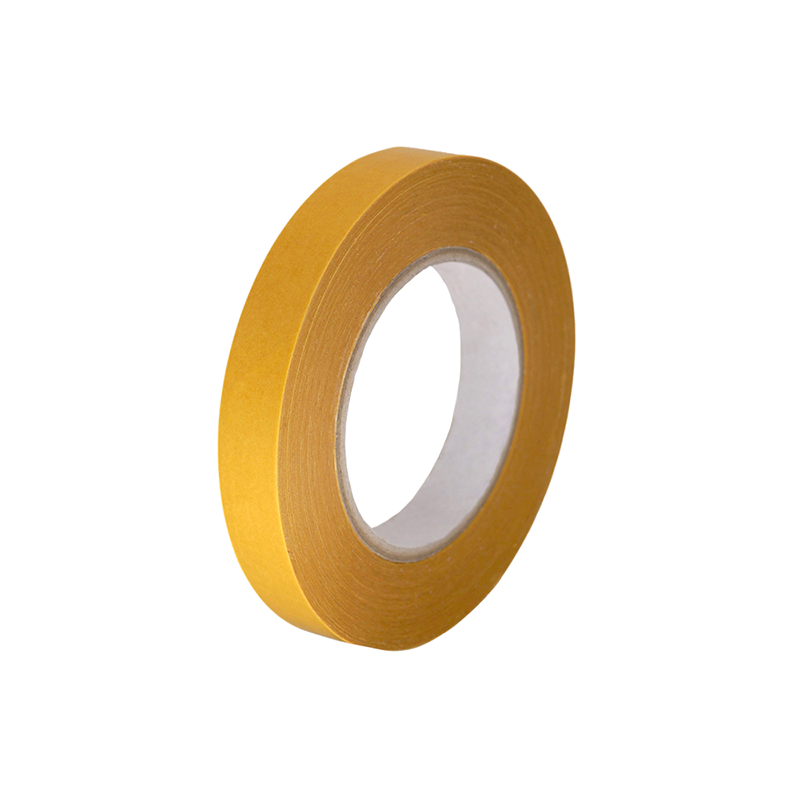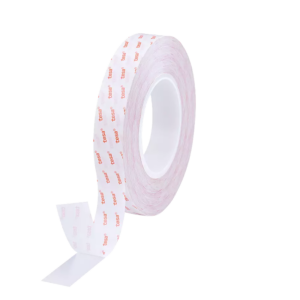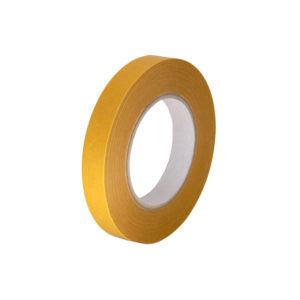volzFix5263 PV1 is a transfer adhesive tape consisting of a transparent acrylate adhesive which has an excellent resistance to UV radiation, temperature stress, chemicals, and solvents as well as moisture. The highly shear resistant transfer adhesive features excellent permanent adhesion to metal, paint, and high energy plastic surfaces. The transfer tape is certified according to UL 969
Applications
- Industrial/commercial bonding of smooth or slightly porous substrates
- Self-adhesive finishing of all types of signs, decorations, front panels and displays where very high shear and adhesion strength as well as temperature resistance are required
Benefits
- Highly resistant to UV radiation, temperature stress, chemicals and solvents, and moisture
- Excellent permanent adhesion to metal, paint and high-energy plastic surfaces
The Rolls should be stored in their packaging protected from light and at a temperature between 15°C to 24°C, with a relative humidity of 50% +/- 30%. When using an adhesive tape stored below 15°C, it is advisable to keep the tape at room temperature for 24 hours to preserve its characteristics.
| Manufacturer | VOLZ® |
|---|---|
| Backing | Transfer |
| Adhesive Type | Acrylic |
| Total Thickness | 0,060 mm |
| Color | Clear (00) |
| Liner | 100 g/m², brown, bi-siliconized, PE Paper |
| Adhesion to Steel | 15,00 N/25 mm |
| Shear Strength | > 1000 h |
| Temperature Resistance | -40°C to +170°C, +200°C (short-term) |
| Length | 50 m, other lengths upon request |
| Width | 6 mm, 9 mm, 12 mm, 15 mm, 19 mm, 25 mm, 30 mm, 38 mm, 50 mm, 100 mm, other widths upon request |
| Storage Life | The material can be stored at room temperature for at least 12 months. |
Benefits
- Highly resistant to UV radiation, temperature stress, chemicals and solvents, and moisture
- Excellent permanent adhesion to metal, paint and high-energy plastic surfaces



